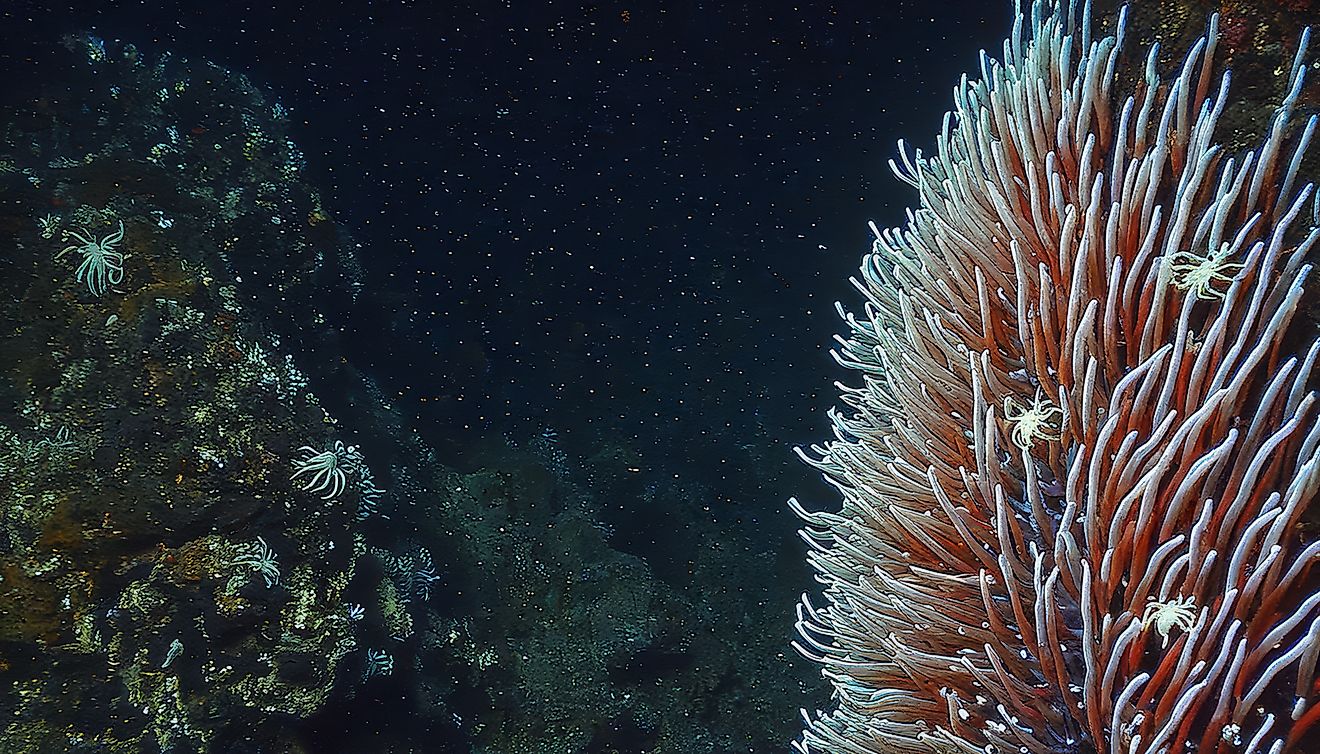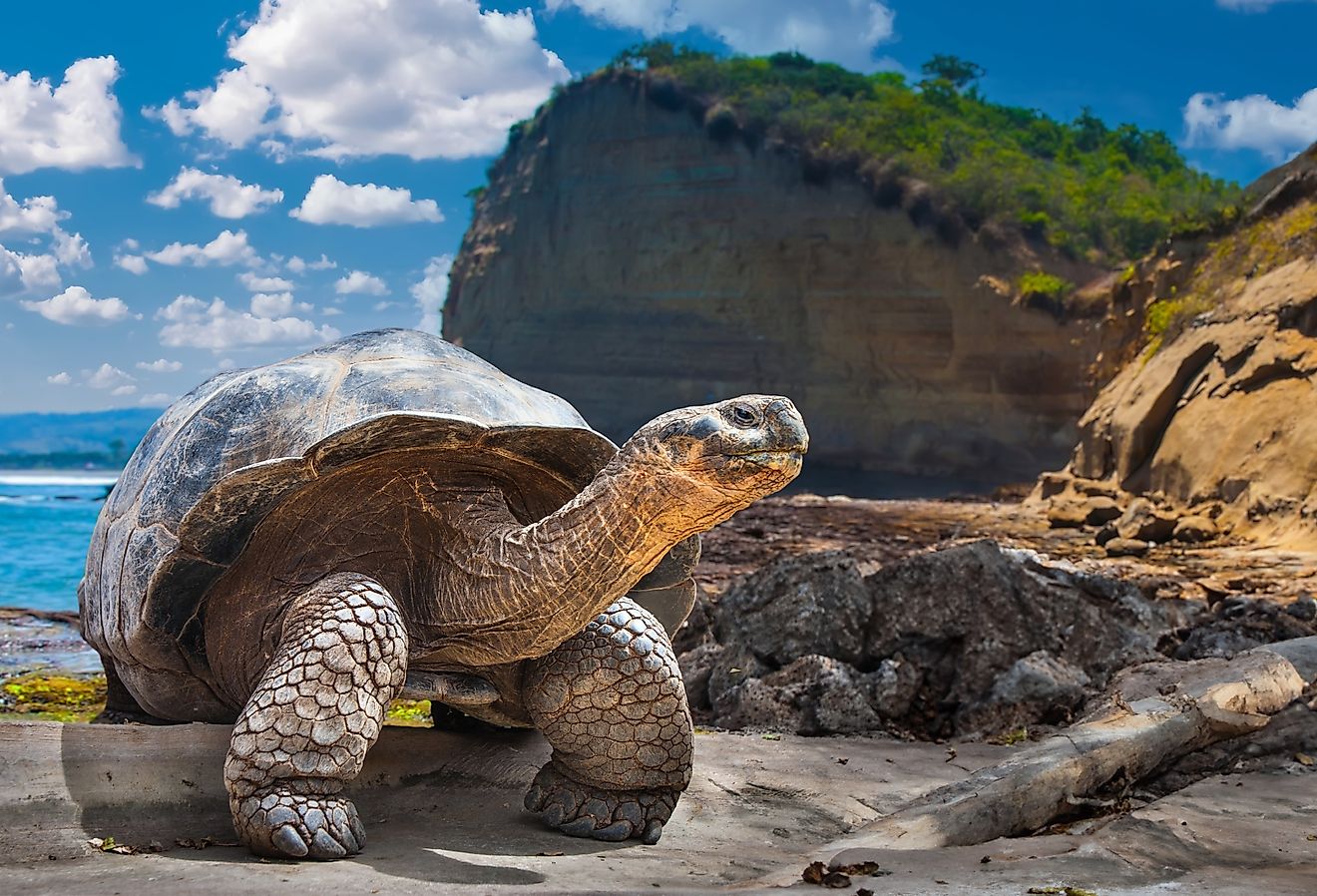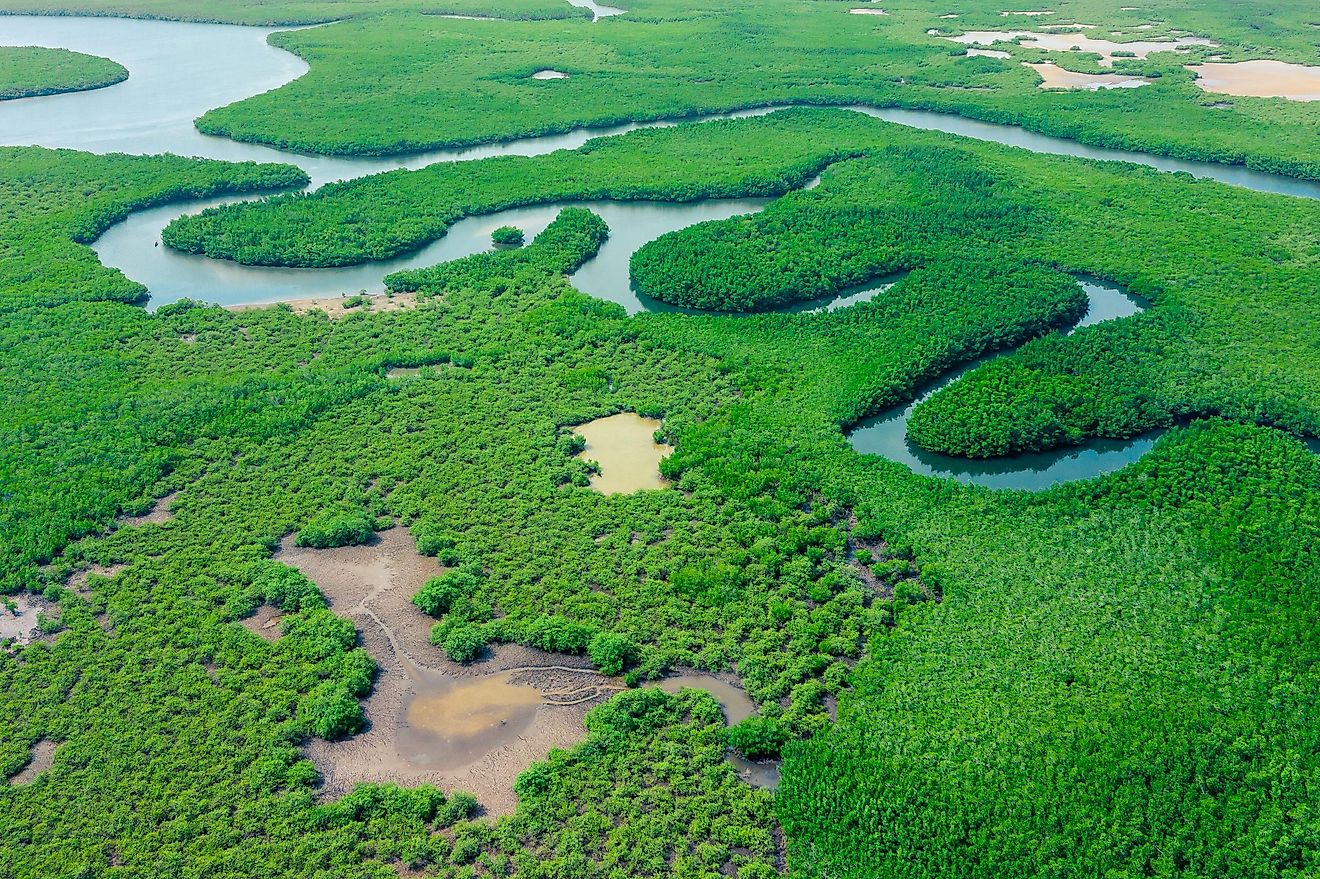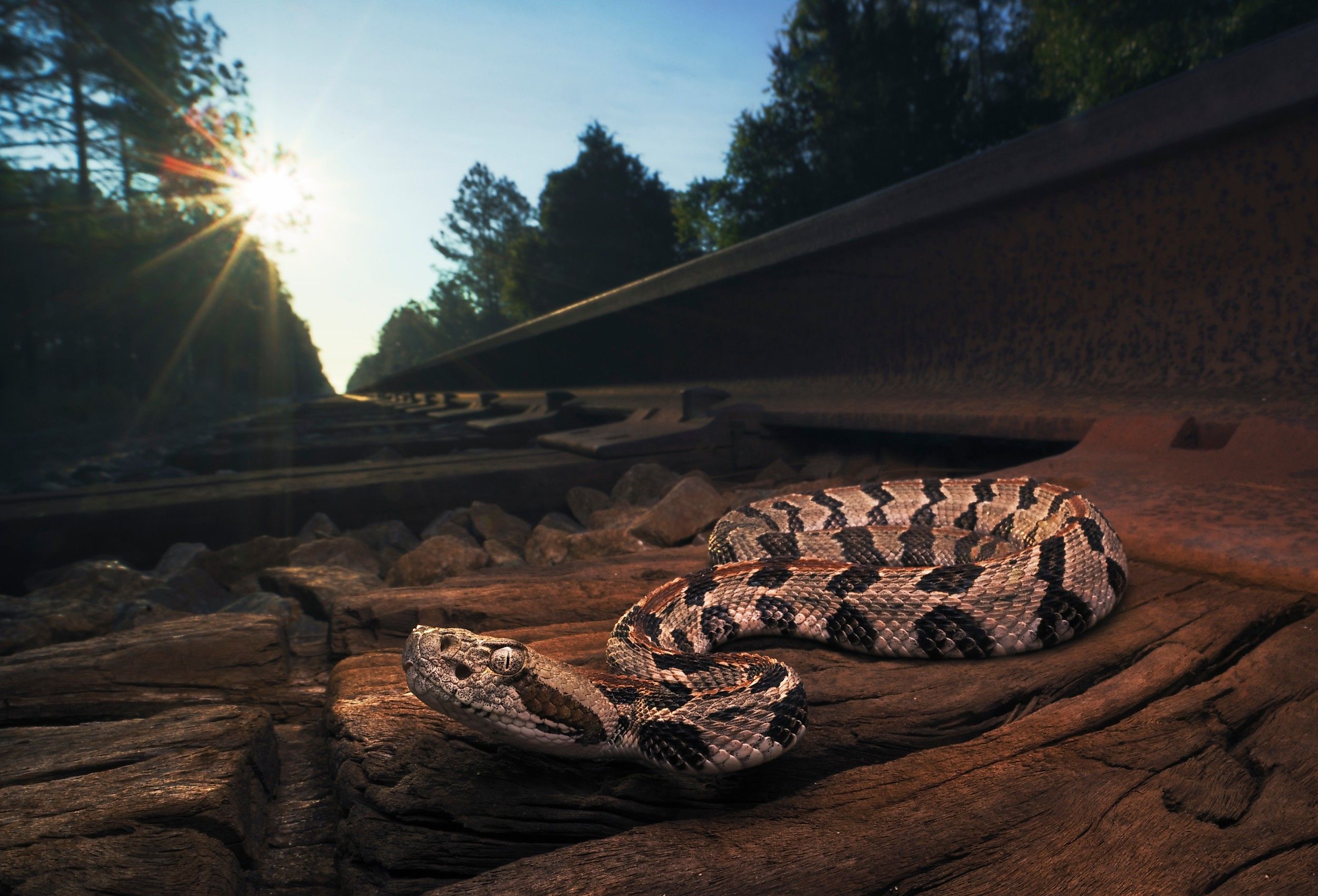
Which State Has More Venomous Snakes: Arizona or Arkansas?
With its sun-baked landscapes, woodland cover, and ample supply of small prey, the southern United States supports a healthy spectrum of snakes. Not all snakes are venomous, and not all venomous snakes are dangerous, but it still pays to be aware of your environment and know who's who in the serpent kingdom. So, which A-state has more venomous species/subspecies: Arizona or Arkansas? The answer probably matches most people's expectations, but the exact figures and cast of characters are still fascinating. So put on your best protective footwear, listen for those rattles and hisses, and let's explore the wild world of cold-blooded killers.
Venomous Snakes of Arizona
The Grand Canyon State is well-known for the jaw-dropping landmark after which it takes its nickname. But Arizona is also famous amongst herpetologists, as it possesses 20 (or 21) species/subspecies of venomous snakes – the highest count in the country. While Texas tallies the greatest overall variety of snakes (i.e. over 100, by some estimates, compared to approximately 41), more than half of the serpents slithering about Arizona possess debilitating neurotoxins, cytotoxins, and hemotoxins – an unrivaled ratio. Here's a bit more on the (potentially) dangerous desert dwellers.
Rattlesnakes

Given Arizona's arid environment, it's unsurprising that this place is replete with ratters. But even so, the sheer variety of these audible pit vipers is truly astonishing. Of the state's entire catalog of venomous snakes, at least 13 are rattlesnakes – probably the greatest diversity of any region on the planet. They are as follows: Grand Canyon rattlesnake, Arizona Black, Great Basin, Tiger, Hopi, Mojave, Northern Blacktail, Prairie, Arizona ridge-nosed, Southwestern Speckled, Western Diamondback, Desert Massasauga, Twin-Spotted, Banded Rock, and 3 subspecies of Sidewinders (Mojave Desert, Sonoran Desert, and Colorado Desert). Each rattlesnake has at least slight aesthetic differences. Still, in all cases, they are able to rapidly shake their tails when threatened, thereby causing a buzzing or rattling sound as a result of localized scales striking each other. Heed this warning by giving a wide berth, and everything should be A-OK.
The Arizona Coral Snake
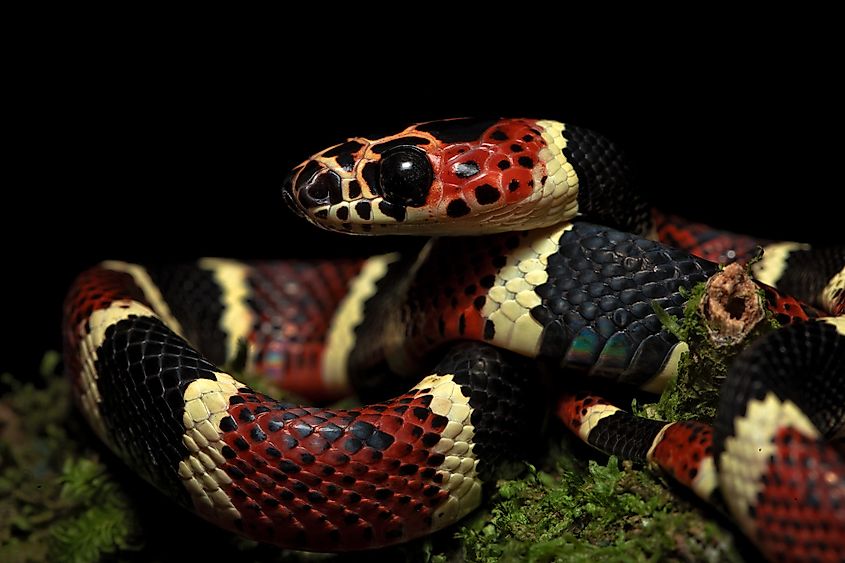
This somewhat short (13 to 21 inches) and slim snake stands out because of its broad red and black bands divided by narrow yellow or pallid ones. One might think that this would make the Arizona coral snake (Micruroides euryxanthus), aka the Sonoran coral snake, instantly recognizable against the muted backdrops of southern Arizona, the far southwest of New Mexico, and parts of the Mexican province of Sinaloa (its known territory). Still, other nonvenomous snakes have evolved to mimic this display. The longstanding rhyme is an imperfect but still helpful prompt: Red on black, you're OK, Jack. Red on yellow, you're a dead fellow. While all snakes are worth keeping a respectful distance from, looking for the order of bands (as well as identifying the blunt black head of the Arizona coral snake) should give extra incentive to move along. With that said, even though coral snakes are cousins of the cobra (i.e. members of the Elapidae family), they are generally too small to administer a harmful dose of venom to humans effectively.
Mexican/Brown Vine Snake
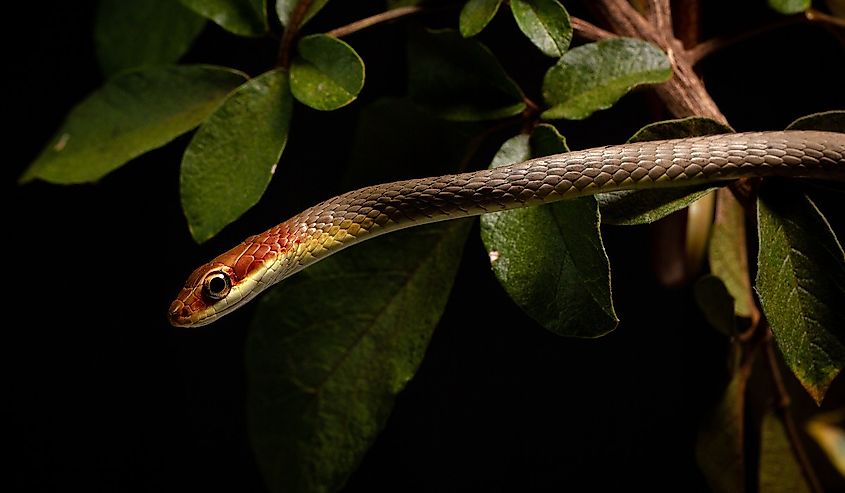
The Mexican vine snake (Oxybelis aeneus), aka Brown vine snake, is a mildly venomous arboreal serpent. This long (i.e., 3 to 6 feet), and slim species can be found in the extreme south-central portion of Arizona, but then onwards through Mexico, Central America, and South America. It prefers temperate oak woodland, canyon riparian woodland, desert grassland, and pine-oak woodland, and moderate altitudes. In Arizona, it has only ever been spotted between 3,600 feet and 6,200 feet above sea level – in the Atascosa, Patagonia, and Pajarito mountains. If hiking through these areas, have a keen eye for its gray or brown dorsal coloration and yellowish underside (which gives it impeccable camouflage in the trees), long snout, and, if threatened, its gaping black mouth.
Sonoran Lyre Snake
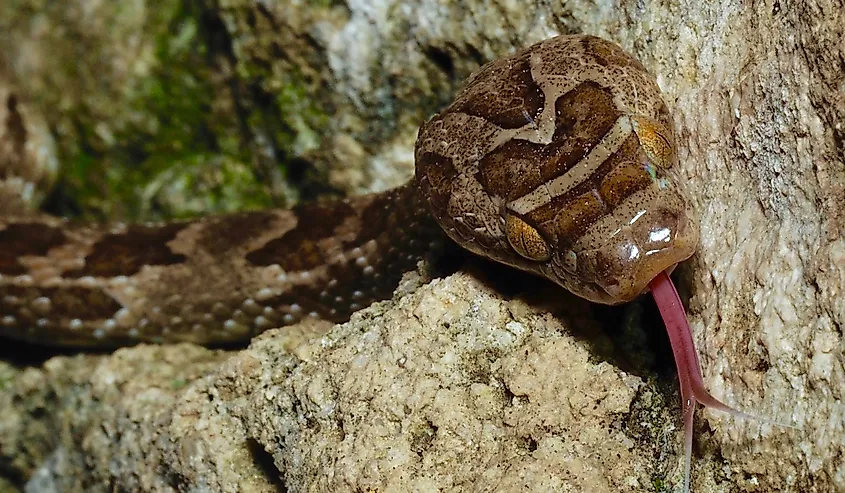
At first glance, the Lyre snake (Trimorphodon lambda), aka Sonoran lyre snake, has a similar aesthetic to many of its Arizona rattlesnake brethren. With a body 4 feet long, light gray or light brown, dark brown saddle blotches, and even a habit of rattling its tail when threatened, one must look to the head for identifiers. There is an unmistakable V-shaped marking on top of its triangular head, where it meets a tapered neck. Unlike rattlesnakes, the Lyre snake is only mildly venomous and even lacks fangs (rather, it relies on grooved rear teeth to deliver its toxins) and is not typically dangerous to humans. Look for this species in southern Arizona, as well as southern Nevada/Utah and northern Mexico, anywhere from sea level to an altitude of 7,400 feet.
Venomous Snakes of Arkansas
The Natural State has 39 native species of snakes, of which 6 are venomous: the Eastern copperhead, Northern cottonmouth, Western diamondback rattlesnake, Timber rattlesnake, Western Pygmy rattlesnake, and the Texas coral snake. So, while Arkansas pales in comparison to Arizona in venomous snakes, it has a similar variety of non-venomous serpents. But given the theme of this article, let's stay in the danger zone.
Texas Coral Snake
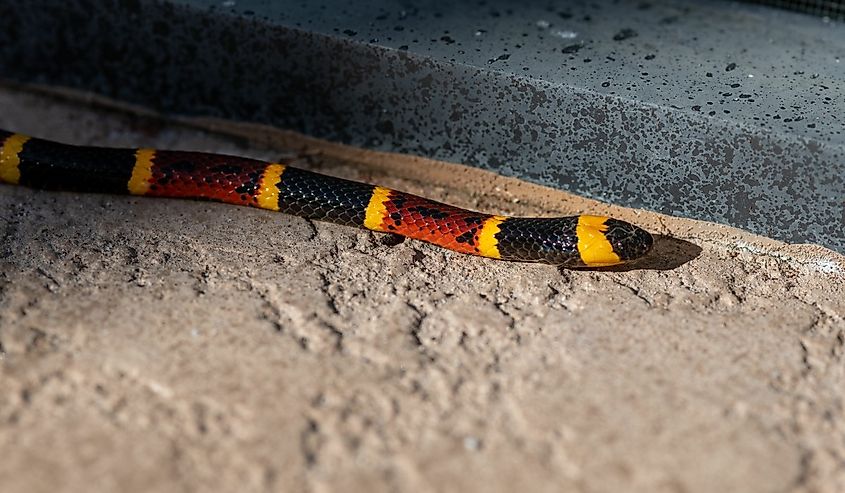
Like Arizona, Arkansas has a brightly-colored coral snake, though it is rarely seen in the latter state. The Texas coral snake (Micrurus tener tener), aka Texas Gulf-Coast coral snake, is much more common in eastern Texas. However, it does still crop up in southwestern Arkansas (i.e. the portion of the state that borders Texas) from time to time. Once again, this black, yellow, and red-banded (in that order) Elapidae shares an intimidating lineage with cobras, mambas, and sea snakes, but is generally too small to be harmful to humans. In fact, since an appropriate antivenom was made widely available in 1967, not a single attributable death has been registered in the United States.
Rattlesnakes

Another area of overlap between Arkansas and Arizona is rattlesnakes. Arkansas has three types, two of which will be familiar. The Western diamondback rattlesnake (Crotalus atrox), enjoys the open pine-hardwood forests and rocky parts of the state's west-central section. It grows to about 5 feet in length and displays diamond-shaped patterns across its body as the name suggests. The Timber rattlesnake (Crotalus horridus) occurs statewide, averages 3 to 5 feet long, and has dark, jagged crossbands overlying its light-brown, gray, or yellowish body. The species unique to Arkansas is the Western Pygmy rattlesnake (Sistrurus miliarius) – a small (i.e. 15 to 20 inches) but a pretty snake that has black patterns, and a central rust-colored line overtop of its gray body.
Additional Pit Vipers
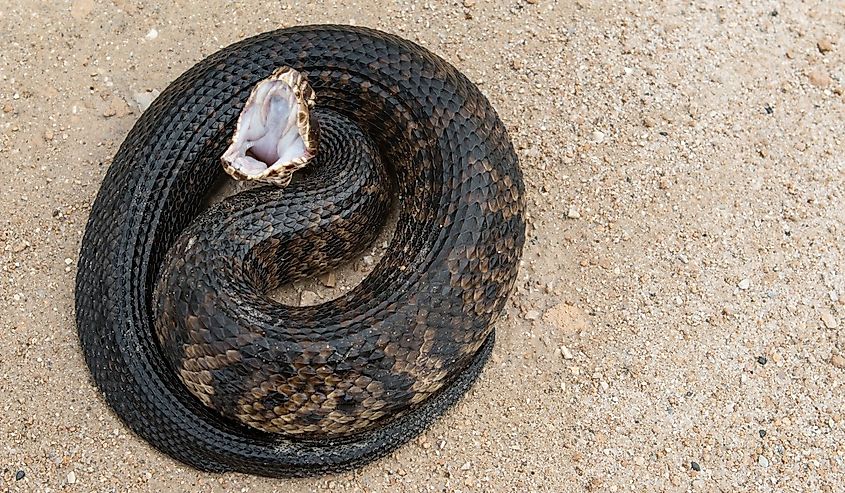
Arkansas is unique in that it has two additional, non-rattlesnake species of pit vipers: the Eastern copperhead (Agkistrodon contortrix), aka Southern copperhead, and the Northern cottonmouth (Agkistrodon piscivorus), aka water moccasin. The former can be found statewide and bears dark-colored hourglass patterns across its light-skinned body. It prefers snatching up rodents above all else but will also turn its fangs on frogs, lizards, cicadas, and other snakes. The latter is a very dark, or black, semi-aquatic fish eater (hence the title, piscivorus) that also occurs statewide but is uncommon in the Ozark Mountains and the Ouachita Mountains. Otherwise, it seeks slow-moving bodies of water. The common name, "cottonmouth," becomes clear only when poised to strike.
The Takeaway
Arizona outdoes Arkansas in terms of both venomous snakes and total species/subspecies of snakes. In fact, Arizona touts the greatest variety of venomous snakes in the country – even more than Texas. So if you are living or vacationing in The Grand Canyon State, here are a few things to be aware of.
September is snake-bite season in Arizona. As those stifling summers close, humans and snakes increase their time in the sun. The formula then becomes obvious: more encounters means more strikes (i.e., over 20% of the total for the year during this month). However, another statistic offered by the Arizona Poison and Drug Information Center shows that the majority of these attacks are preventable. Around 50 to 70% of reptile bites resulted from intentional provocation. In other words, don't try to capture, kill, or harass snakes (or any wild animals, for that matter), and there is a high probability that you will evade those nasty fangs. If you do receive a bite, stay calm, immediately seek medical attention, and take solace in the fact that death by venomous snakes is exceptionally rare in the United States.
